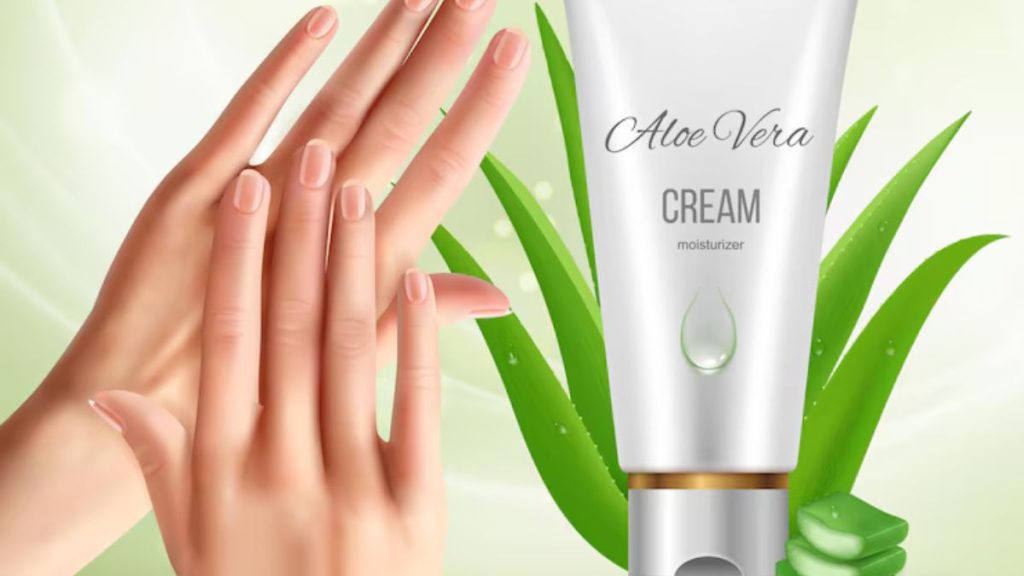In the vast, sprawling metropolis of Bengaluru, few neighborhoods capture the city’s dramatic transformation from a “Pensioner’s Paradise” to the “Silicon Valley of India” quite like Koramangala. Affectionately dubbed “Gel Ooru“ (a playful Kannada-English hybrid meaning “Gel Area” or “Gel Town”), this area has evolved from a quiet residential layout into a pulsating epicenter of tech culture, culinary innovation, and urban energy. The nickname itself is a testament to its character—a place where the “gel” (a slang for being cool, trendy, or fitting in) is not just a vibe but a way of life.
From Layout to Landmark: A Brief History

Koramangala was originally developed by the Bangalore Development Authority (BDA) in the 1980s as one of its many planned residential “layouts.” Its wide streets, numbered blocks (from 1st to 8th, and beyond), and spacious parks attracted a mix of government officials, academics, and families seeking a serene life. For years, it was just another well-to-do suburb.
The turn of the millennium marked a seismic shift. As the Indian IT boom took flight, global tech giants and ambitious startups needed a home. Their eyes fell on the areas adjacent to the Outer Ring Road (ORR) and the new hubs like Electronic City. Koramangala, with its proximity to these zones and its existing infrastructure, was perfectly positioned. Companies like Flipkart had their humble beginnings in its modest apartments. What followed was an organic, rapid, and often chaotic metamorphosis.
The Anatomy of “Gel”
So, what exactly makes Koramangala “Gel Ooru”?
- The Tech Nexus: It’s a central nervous system for Bengaluru’s tech scene. While large campuses are on the ORR, Koramangala houses countless startups, incubators, venture capital firms, and the offices of tech workers who fuel them. The coffee shops are often extended conference rooms, buzzing with pitches, coding sessions, and business meetings.
- The Gastronomic Playground: If you can eat it, you can find it in Koramangala. The area is a food lover’s paradise, offering a dizzying array of choices. From legendary South Indian dosa joints like CTR and Vidyarthi Bhavan to high-end molecular gastronomy, from bustling breweries to hidden speakeasies, and every conceivable international cuisine in between. 80 Feet Road, 5th Block, and 6th Block are particularly famous for their culinary density.
- The Cultural Cocktail: Koramangala is a melting pot. It’s home to long-time Kannadiga residents, a massive influx of young professionals from across India and the world, students from nearby design and management institutes, and artists. This confluence creates a dynamic, open, and cosmopolitan culture where traditional values blend with a fiercely modern outlook.
- The Retail Therapy: From sprawling malls like Forum Neighbourhood Mall (a landmark in itself) to quirky, independent boutiques selling handmade crafts, designer clothing, and vintage records, the shopping experience is diverse and vibrant.
The Double-Edged Sword: Growth and Its Challenges
The very factors that make Koramangala “gel” have also led to its most significant pains.
- Traffic Congestion: The narrow internal roads, never designed for such volume, are perpetually clogged. The infamous “Koramangala traffic jam” is a rite of passage for every Bengaluru resident.
- Sky-High Real Estate: Demand has driven property values into the stratosphere. Koramangala is consistently one of the most expensive residential and commercial areas in the country.
- Urban Decay: The breakneck development has strained infrastructure. Issues of water scarcity, waste management, and flooding during rains are persistent problems.
Despite these challenges, the magnetic pull of Koramangala remains undiminished. It is a microcosm of modern urban India—chaotic, ambitious, innovative, and endlessly fascinating. It’s not just a place on a map; it’s an experience, a status symbol, and a state of mind.
(FAQs)
1. Why is it called ‘Gel Ooru’?
“Gel” is trendy Bangalore slang meaning something that’s “cool,” “hip,” or “works well.” “Ooru” is the Kannada word for “town” or “place.” Koramangala is the epitome of this cool, happening vibe, hence the nickname “Gel Ooru.”
2. What are the best areas to stay in Koramangala?
This depends on your budget and preference.
- 5th and 6th Block: The heart of the action, closest to pubs, restaurants, and shopping. Best for those who want to be in the center of everything.
- 3rd and 4th Block: Slightly quieter but still very well-connected and with great food options.
- 7th and 8th Block: More residential and family-oriented, offering a slightly calmer environment while still being part of the Koramangala ecosystem.
- 1st and 2nd Block: Close to major landmarks like National Games Village and has good access to the Outer Ring Road.
3. How is the connectivity to other parts of Bangalore?
Koramangala is very well-connected but often slowed down by its own internal traffic.
- To Electronic City/MG Road: Good connectivity via the Outer Ring Road or Silk Board Junction (notorious for traffic).
- To HSR Layout/BTM Layout: Excellent connectivity via inner roads.
- To Airport: The easiest route is via the ORR to Hebbal and onto the expressway, taking 60-90 minutes depending on traffic.
- Metro: The upcoming Yellow Line (RV Road – Bommasandra) will have stations in Koramangala, which is expected to drastically improve connectivity.
4. Is Koramangala a good place for families?
Yes and no. It offers unparalleled convenience in terms of schools (e.g., Inventure Academy), hospitals, and entertainment. However, the constant noise, traffic congestion, and high cost of living can be a drawback for those seeking a peaceful environment.
5. What is the approximate cost of living in Koramangala?
It is one of the most expensive localities in Bangalore. (See calculations below for a detailed breakdown).
Calculations: The Cost of Living in Gel Ooru
Let’s break down the monthly costs for a single professional living in a decent 1BHK apartment in Koramangala.
1. Housing (The Biggest Expense)
- 1BHK Rent (Furnished): ₹ 35,000 – ₹ 50,000
- Security Deposit (Typically 10 months rent): ₹ 3,50,000 – ₹ 5,00,000 (one-time, refundable)
- Maintenance Charges (if not included in rent): ₹ 2,000 – ₹ 5,000
Monthly Housing Cost: ~₹ 37,000
2. Utilities
- Electricity (with AC usage): ₹ 2,500 – ₹ 4,000
- Water Tanker (if society supply is insufficient): ₹ 500 – ₹ 1,000
- Gas Cylinder (per month): ₹ 1,200
- Internet (Fiber connection): ₹ 1,000
Monthly Utilities Cost: ~₹ 5,700
3. Food & Groceries
- Groceries (cooking at home): ₹ 6,000 – ₹ 8,000
- Eating Out/Takeaway (5-6 times a week at mid-range places): ₹ 12,000
- Coffee/Snacks: ₹ 2,000
Monthly Food Cost: ~₹ 20,000
4. Transportation
- Fuel (for scooter/car, local commute): ₹ 3,000 – ₹ 5,000
- Cab/Auto (occasional trips): ₹ 2,000
- OR
- Metro/Bus (once operational/available): ₹ 1,500 – ₹ 2,000
Monthly Transport Cost: ~₹ 4,500
5. Miscellaneous
- Entertainment (movies, breweries): ₹ 4,000
- Domestic Help (cleaning, laundry): ₹ 2,000
Monthly Misc. Cost: ~₹ 6,000
Total Estimated Monthly Cost of Living in Koramangala for a Single Professional:
₹ 37,000 (Rent) + ₹ 5,700 (Utilities) + ₹ 20,000 (Food) + ₹ 4,500 (Transport) + ₹ 6,000 (Misc.) = ₹ 73,200
Conclusion: To live comfortably in Koramangala (covering rent, expenses, and some leisure), a single person would need a post-tax monthly income of at least ₹ 75,000 – ₹ 80,000. This is why it remains a hub primarily for well-paid tech professionals and entrepreneurs, solidifying its status as the exclusive, aspirational, and undeniably “gel” corner of Bangalore.
